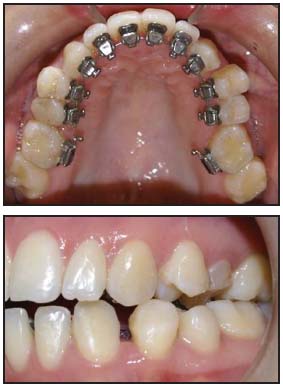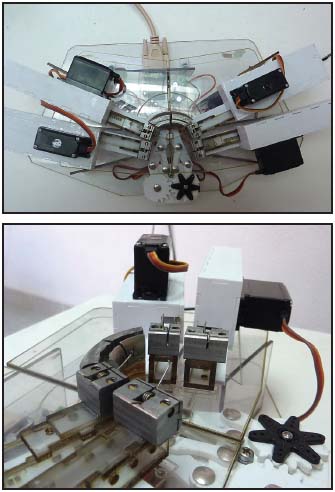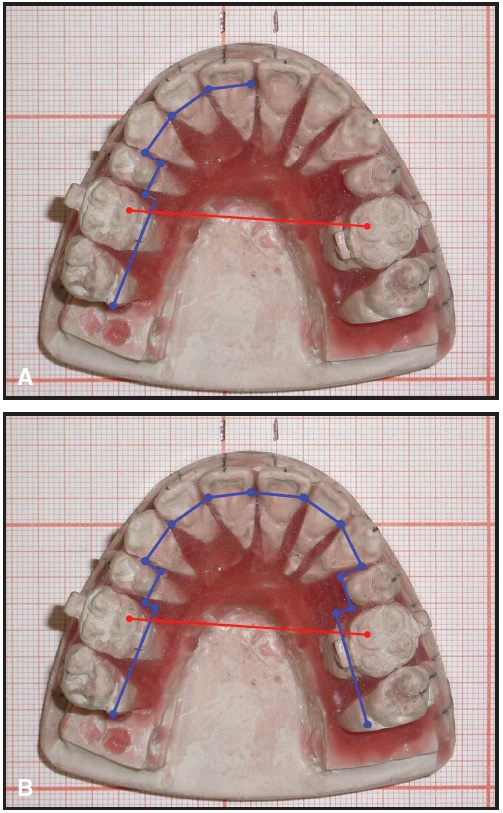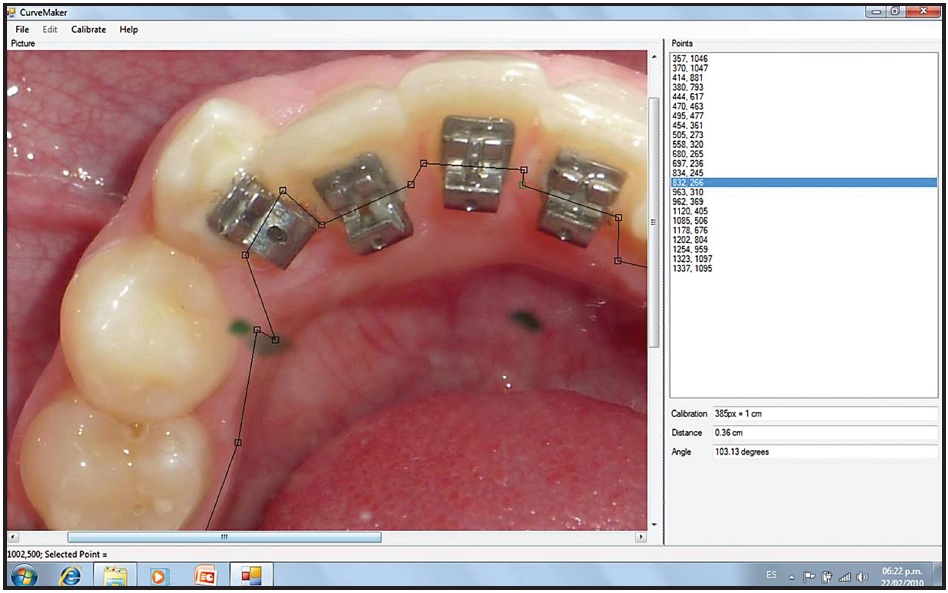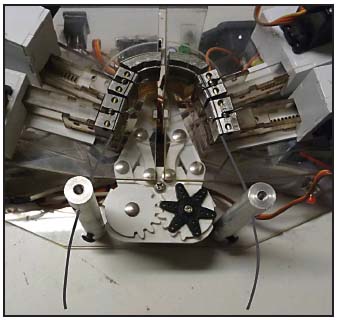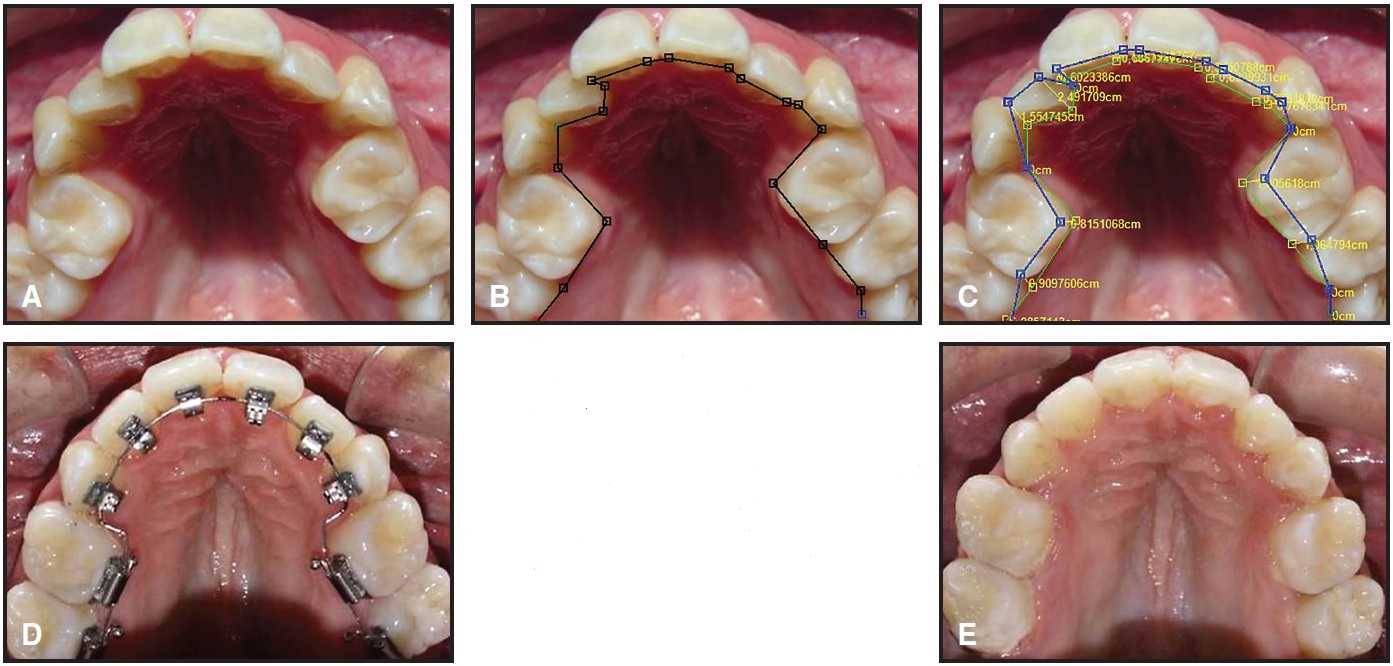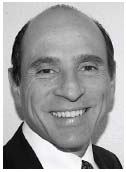The quality of an orthodontic result depends upon the ability of the orthodontist to diagnose, treatment plan, and treat; the cooperation of the patient; and the response of the patient's tissues to the treatment procedures. It also depends upon two judgments of quality--that of the patient and that of the orthodontist.
For the patient, the judgment may be confined to the more obvious aspects of the result--appearance, comfort, function, and stability. For the orthodontist, in addition to all these, the judgment may rest on what the orthodontist's objectives in treatment are. It would be an error to insist on uniform, rigid treatment objectives for all patients, as if the orthodontist were a carpenter working on a piece of wood without knots or flaws. It would be an error not to recognize that many patients, because of tooth or jaw deficiencies, are beyond perfectibility. It would be an error not to give due weight to the often crucial importance of patient cooperation to the achievement of any objective.
It would also be an error to limit all treatment objectives to Edward Angle's vision of a static Class I occlusion, no matter how great an accomplishment that may be. Perhaps more than anything else, the rapidly increasing number of adults seeking orthodontic treatment requires a reevaluation of treatment objectives that seemed successful for a clientele that consisted largely of children. Children, for the most part, have come to us free of obvious periodontal disease, TMJ dysfunction, and missing and mutilated teeth. Patients have been transients in orthodontic practice; and, as a matter of fact, we do not have information to confirm or deny allegations that many adult dental problems had their origin in child orthodontic treatment. Whether it was the resilience of youth that obscured incipient problems is an open question. Orthodontists would prefer to think that they are not responsible for future problems of their child patients; and they may be right. However, without that resilience, without the favorable influence of growth; and with potential or real periodontal disease, with incipient or actual TMJ dysfunction, adult patients may be walking time bombs in orthodontic practice that may go off while they are involved with treatment. Potential periodontal problems may become real. Real periodontal problems may become disastrous. Incipient TMJ dysfunction may become acute. Existing TMJ problems cannot be ignored. The orthodontist may be blamed for creating some of these problems, rightly or wrongly, but still have the responsibility for bringing the case to a successful conclusion.
It is not that periodontal and TMJ problems are limited to adult patients, but adult patients are calling our attention to the inadequacy of treatment objectives based on a static Class I occlusion.
In this issue of JCO, Dr. Ron Roth is starting a series of articles entitled "Functional Occlusion for the Orthodontist" in which he is presenting the concepts and techniques that he is using to add a dimension to orthodontic diagnosis, treatment planning, and treatment.
There are those who will say that what Dr. Roth says and does is unnecessary and unnecessarily complicated; that you put teeth "in the ballpark" of where you think they belong, and they settle to where Nature wants them to be; that it is applying unnecessary precision to an imprecise and artful service; that they don't see that many TMJ problems around anyway. One can agree that we ought not repeat the error of general dentistry and nourish the expectation by ourselves and our patients that we can create a perfect and unchanging occlusion for a lifetime. But, we cannot ignore the possibility of a more perfect treatment result according to principles that may avoid creation or exaggeration of related problems, and help to improve or correct them if they do occur.
This is the new challenge, and those who are willing to accept it will undoubtedly enhance the quality of their service, their public image, their self image, their satisfaction with their practice and their profession, and their success at the highest level of the specialty.


